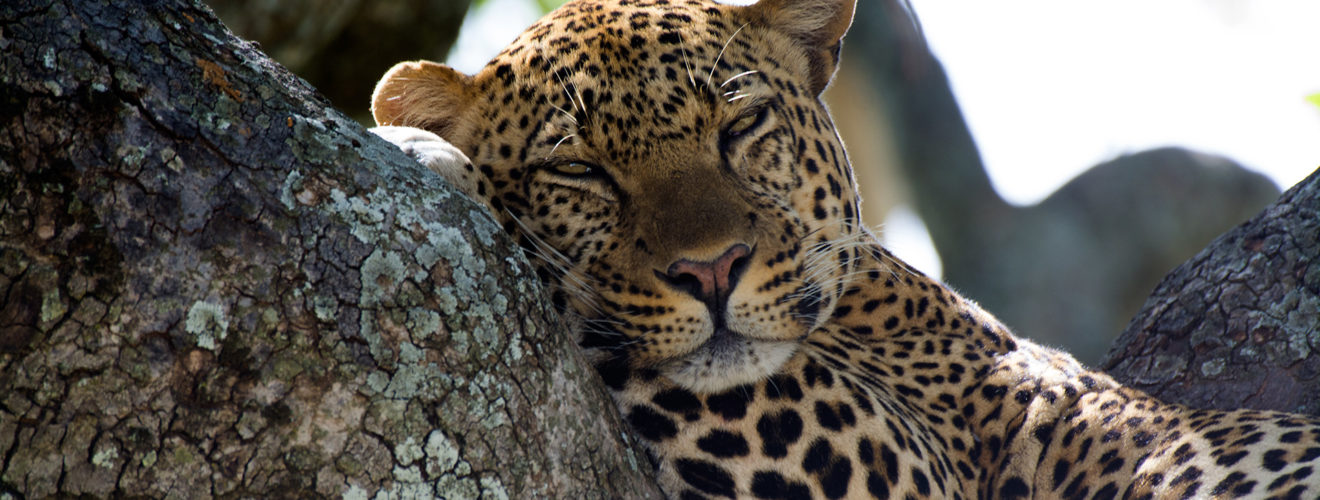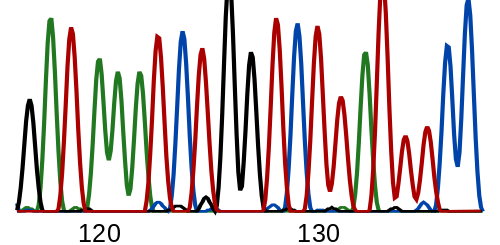What happens when wildlife crime meets the forensic zoologist?

Wildlife protection is an issue of increasing importance in a world struck by climate change. Consequently, much legislature has been generated to prevent the abuse, poaching and trading of protected species across the globe. Despite this, wildlife trade is still the fourth largest illegal business in the world[1]. It is important that this lucrative business can be thoroughly investigated; herein lies the importance of wildlife forensics.
Wildlife forensics is a branch of science that applies the theory and techniques of forensic science to zoological knowledge. Where forensic science is concerned with the crimes of humans, wildlife forensics is responsible for the investigation of crimes against the whole animal kingdom.
For wildlife forensics to thrive, extensive databases need to be created to aid the identification of DNA, bones, microscopic hair, and skin cells of protected species worldwide[2]. This great feat is made even more complex when the nature of many wildlife crimes requires crucial landmarks of simple identification, such as fur, to be stripped away. It may seem an impossible pursuit but already, in its infancy, this field has made great advances.
At the Wildlife Institute of India, they have dedicated a lab to developing wildlife forensic techniques[3]. For example, cranio-dental analysis, which investigated the shape, size, and texture of teeth and jaws was used to discriminate between tigers, lions, and leopards. Such work has allowed species identification with just a fragment of a tooth to work with.
Wildlife forensics emphasises how, with the right scientific practice, the tiniest details can tell a story. This was evidenced by a case that saw the identification of an animal set alight in South Rajasthan, India[4]. From the ashes, a half-burnt blood clot, a stone, and a twig were recovered. From these, scientists were able to sequence the surviving fragments of DNA and identify the animal as a male leopard. Wildlife forensics not only solved this crime, but also brought justice for a protected animal[5].
[2] Wildlife forensics: A boon for species identification and conservation implications – ScienceDirect (gla.ac.uk)
[3] Wildlife Forensic & Conservation Genetics Cell | Wildlife Institute of India, an Autonomous Institute of MoEF, Govt. of India (wii.gov.in)
[4] Molecular identification of victim species and its sex from the ash: a case of burning alive leopard (Panthera pardus) | SpringerLink (gla.ac.uk)
[5] Panthera pardus (Leopard) (iucnredlist.org)
Edited by Hazel Imrie
Copy-edited by Rachel Shannon







